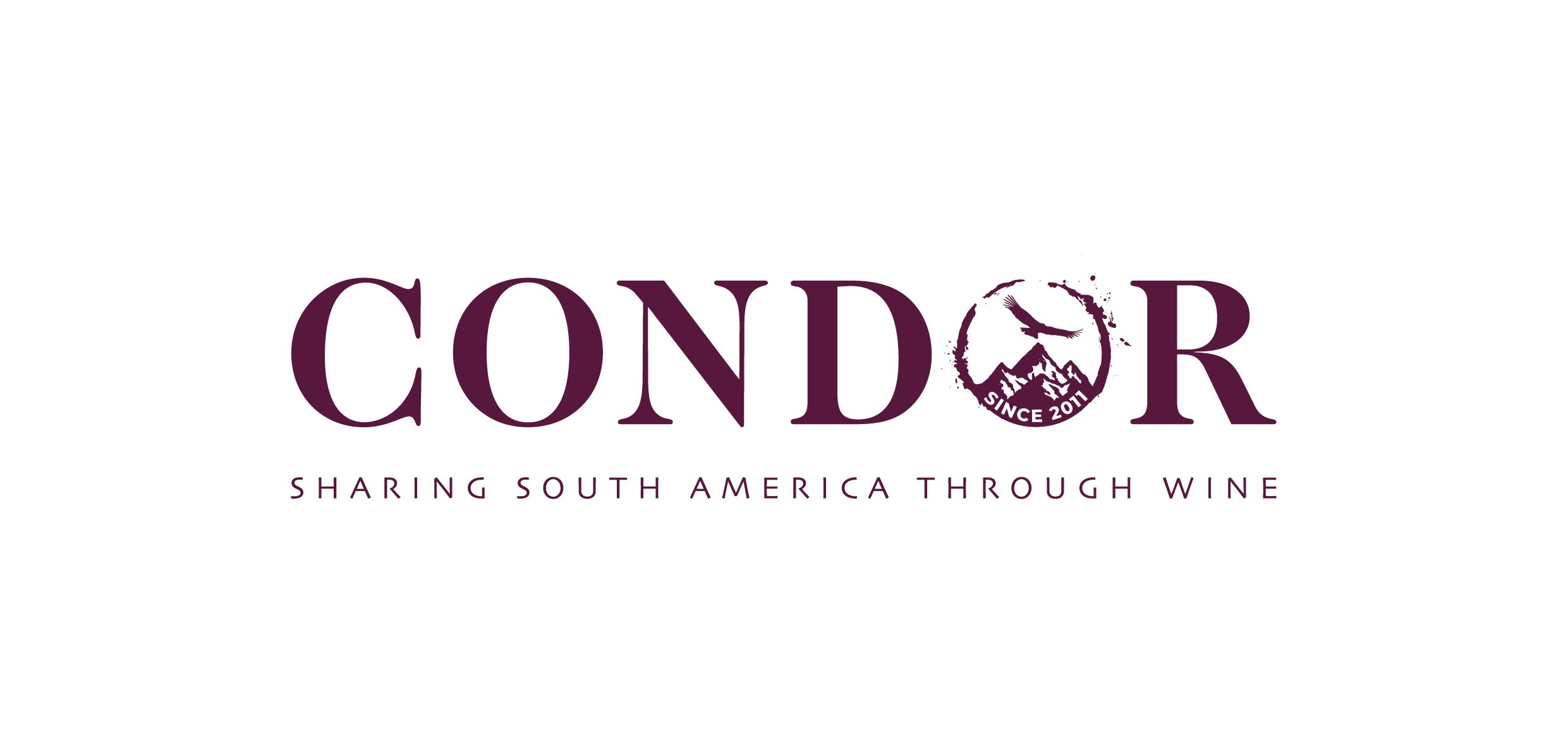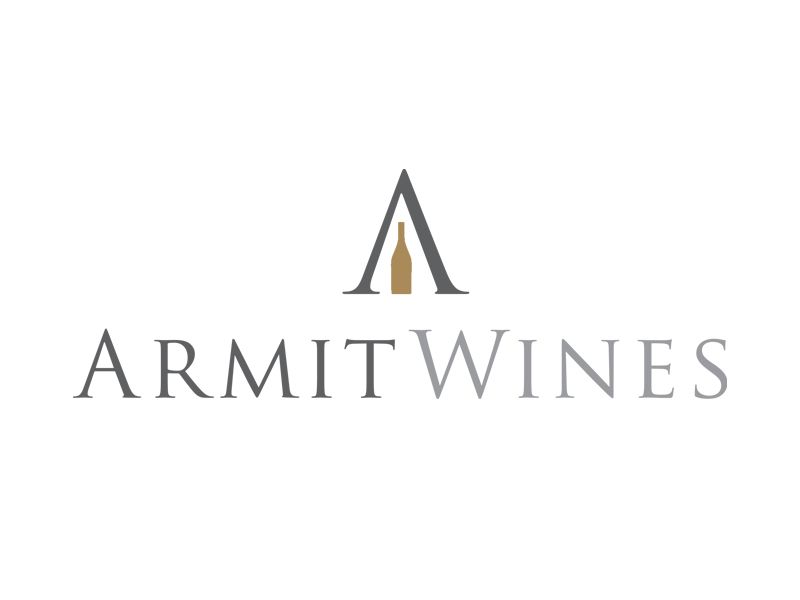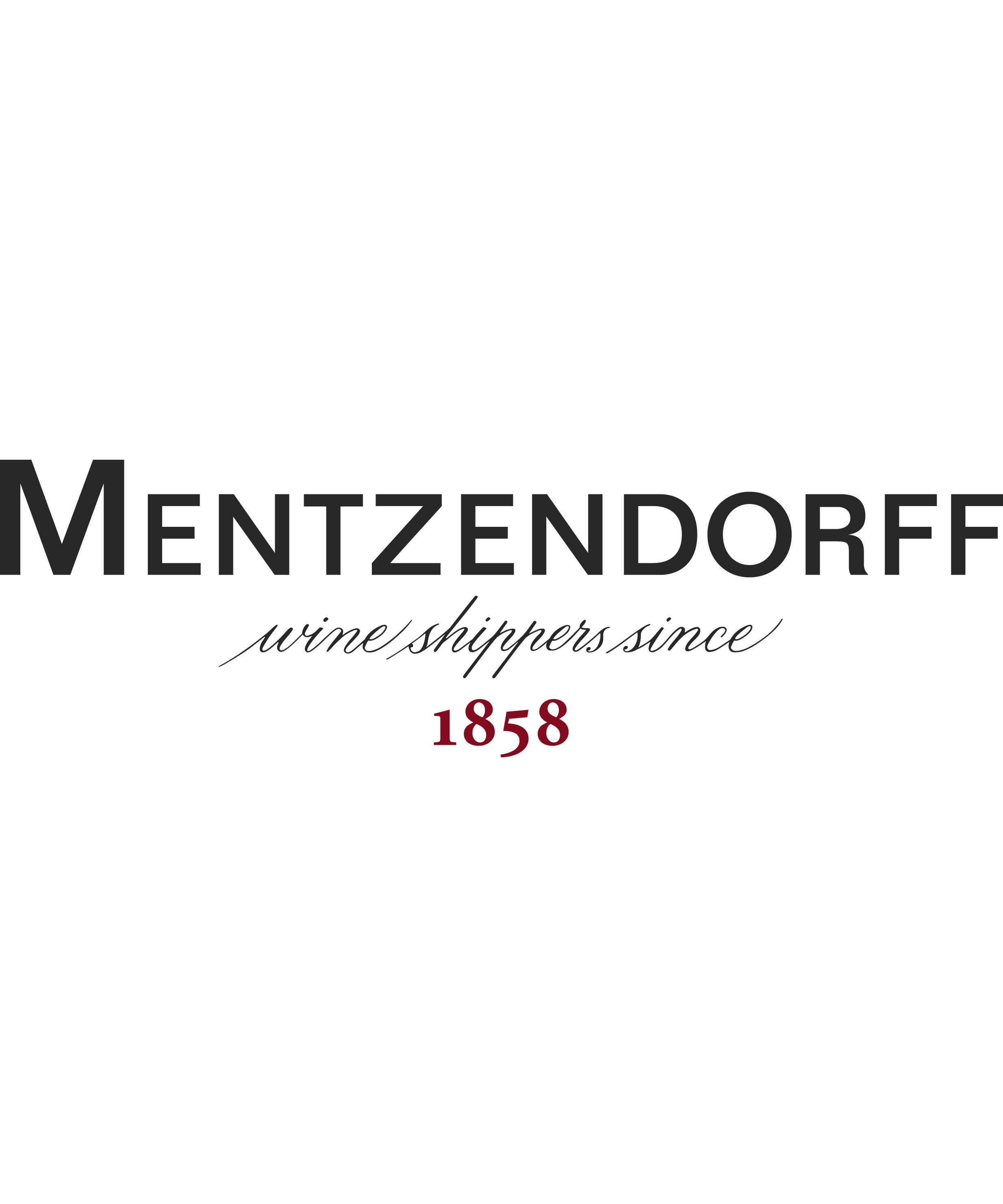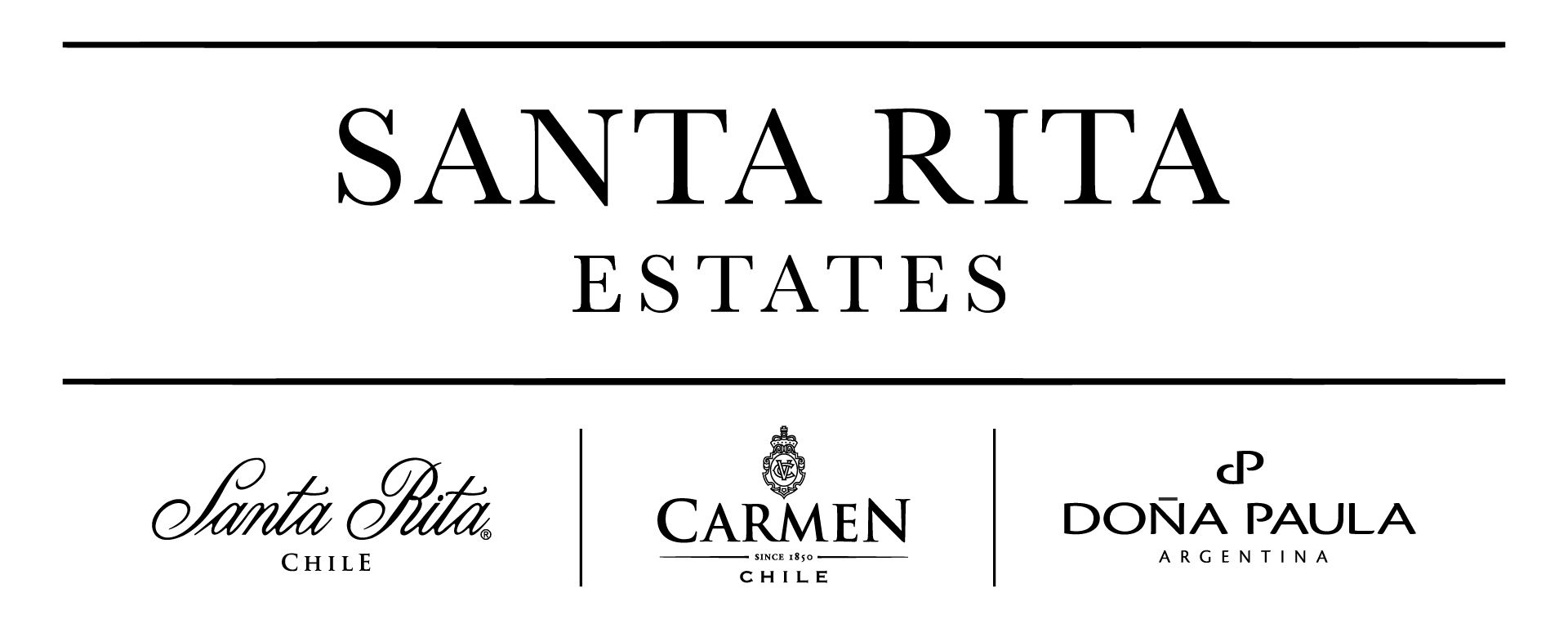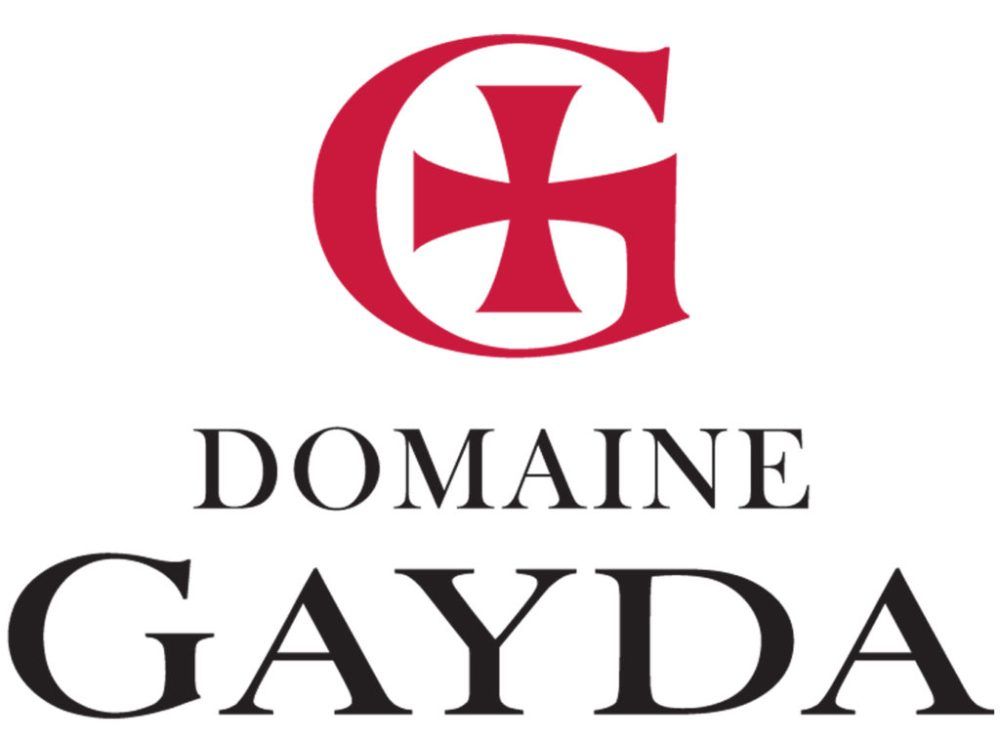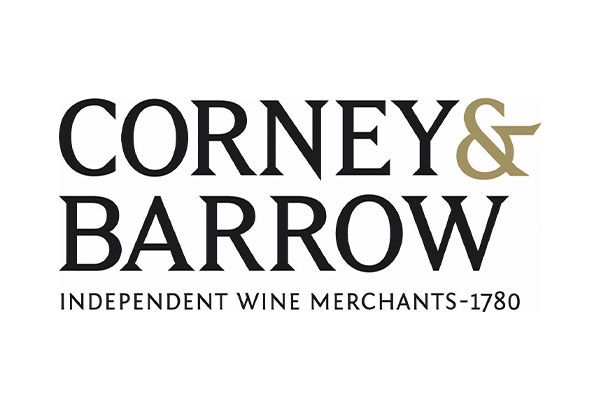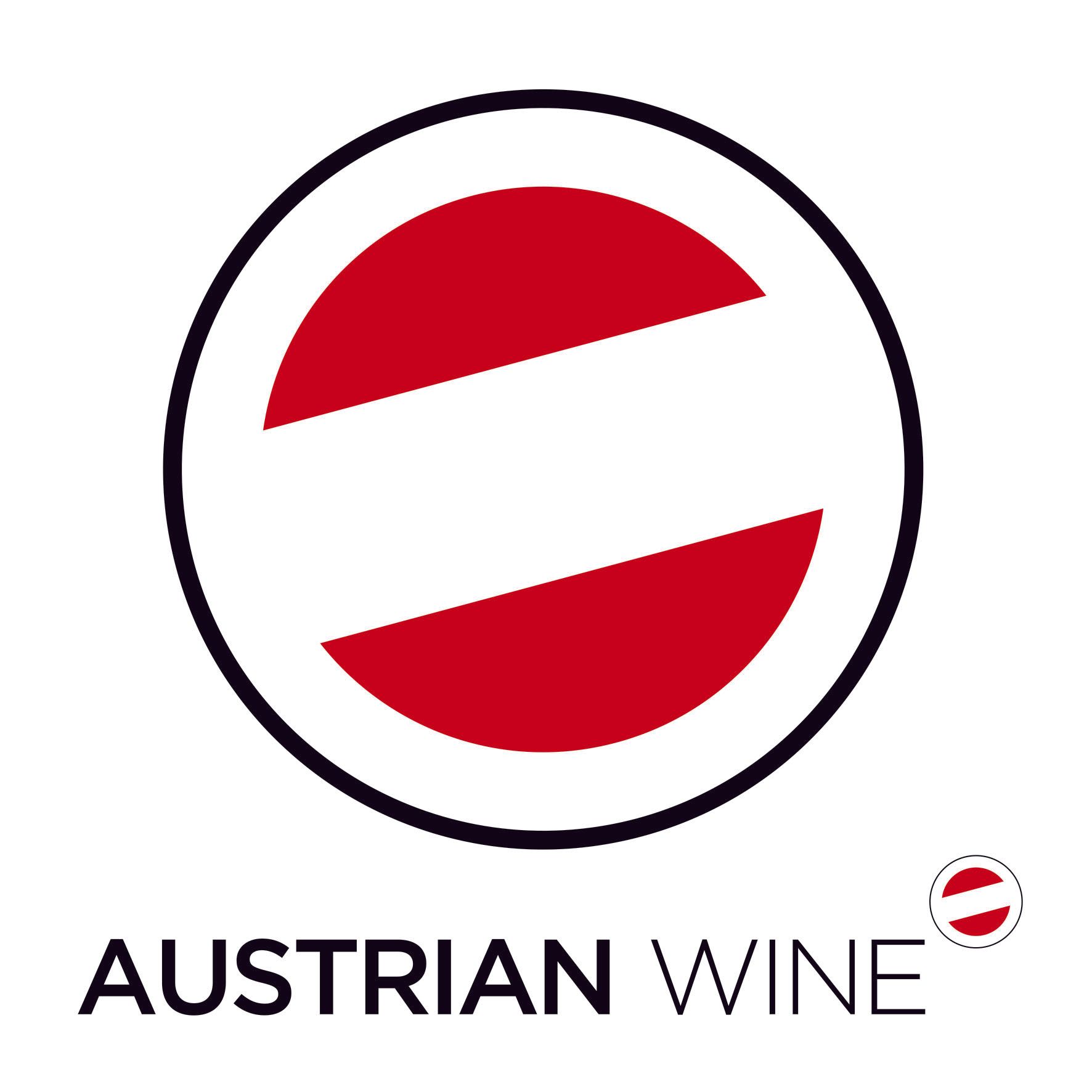Think of Concha y Toro and chances are your mind goes to Casillero del Diablo – a wine phenomenon that is one of the most influential wine brands in the world and a wine as ubiquitous as Echo Falls and 19 Crimes in the UK. You might not think that this behemoth that produces 33m cases of wine a year from Chile, Argentina and California could also reach 100-point perfection or make wines that chart as critics’ top wines of the year, but there you’d be wrong.

“I love Chassagne and I love Puligny.” Marcelo Papa, Fourth and Church, Hove
With a separate tab on its home page titled Our Accolades and with frequent mentions of it by Marcelo Papa over dinner, it is clear how much it means to the company’s chief winemaker that 2023 Amelia Chardonnay has just been voted White Wine of the Year in Tim Atkin MW’s Chile Report and Don Melchor 2021 was named as Wine Spectator’s Wine of the Year.
Billed as 'A Tale of 3 Terroirs: A Chilean Fine Wine Evening', the chief takeaway from this dinner in Hove’s brilliant Fourth and Church restaurant was that Concha y Toro makes very fine wine and Papa came armed with bottles to prove it – the aforementioned award winners plus a 2013 Don Melchor, the 2022 Amelia Pinot Noir and the 2019 Terrunyo Carmenère that is made in the Peumo valley.
Limari – and the Amelia wines
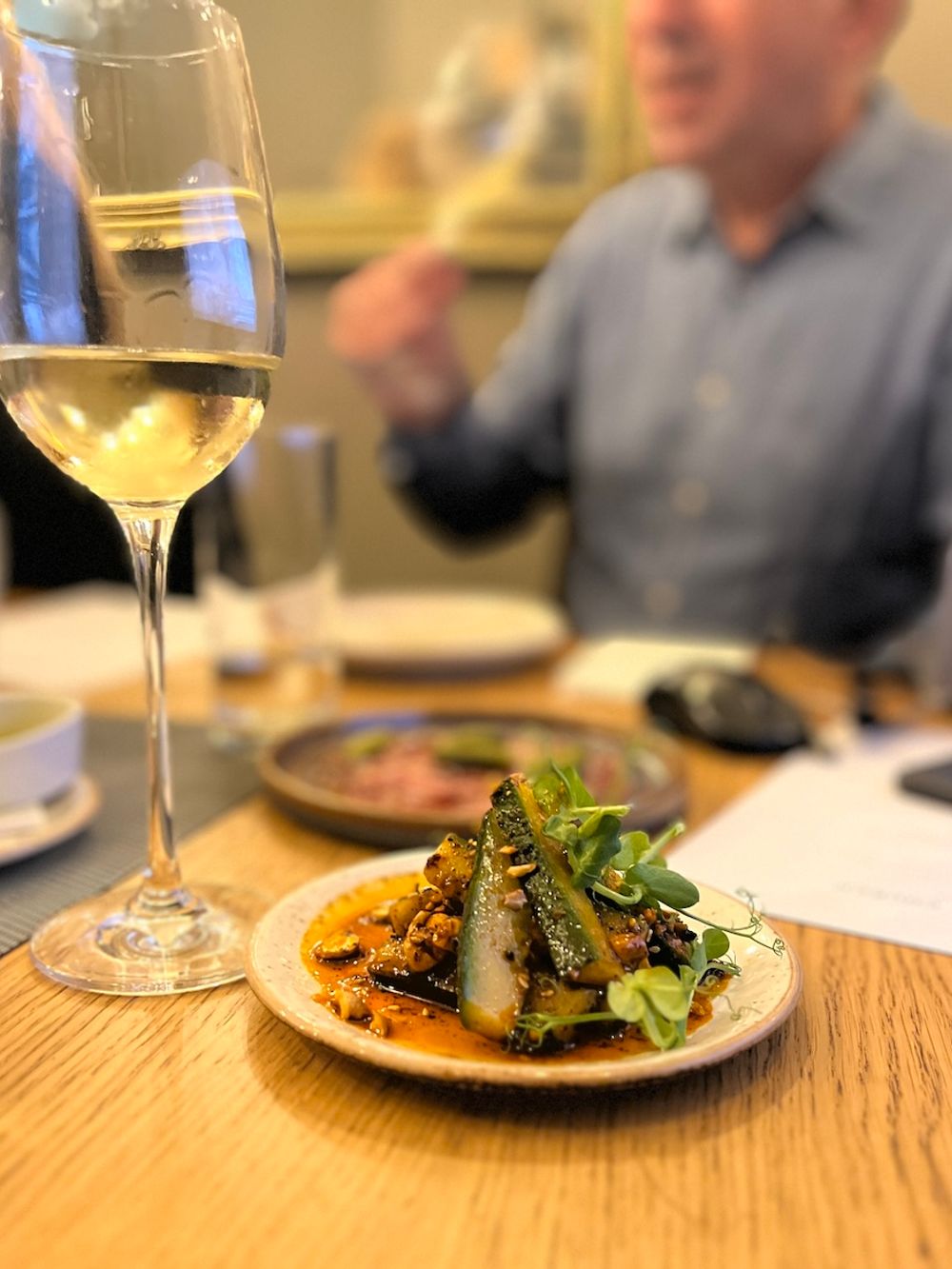
Smashed cucumber, chilli crisp, miso cashew with Amelia Chardonnay 2021
“I don’t want butter I don’t want cream, I want vertical” Papa says about making the 2023 Amelia Chardonnay, explaining how he blocks the malolactic with a bit of sulphur then ages the wine in Chassagne barrels (10% new) for 12-13 months.
One of the biggest changes he has made since 1998 when he was appointed technical director in charge of the company’s 10,550 hectares of vines and countless wines (all except Don Melchor) is to have moved production of Chardonnay and Pinot Noir from Casablanca to Limarí further north.
Amelia started as a white wine in Casablanca in 1993 but Papa explains how the profile was akin to Hawke’s Bay Chardonnay – fatter and sweeter than he likes. He planted some of the 18 plots in Limarí with Burgundy clones and then, when the vines were old enough, switched production in 2016/7.
This semi-desert region, 22km from the cold Pacific and 190m altitude is characterised by cool ocean breezes and low rainfall (100ml a year) which makes it ideal not only for Chardonnay and Pinot Noir but other white varieties and cold climate Syrah. The 65ha vineyard Quebrada Seca translates as Dry Creek Vineyard and is divided by two main soil types also called Quebrada Seca and Santa Cristina – seven of the top quality wines coming from the former (including the two Amelia wines) and the Marques de Casa Concha wines, a blend of fruit from both soils.
The area’s low temperatures and cloudy mornings allows the fruit to ripen slowly producing fresh wines – this, plus Papa’s affinity with Burgundy, is reflected in the wine’s bright acidity.

“I love Chassagne and I love Puligny,” he says with maps of Burgundy framed on the restaurant’s walls behind him coincidentally “these wines have more acidity.”
Papa has cut in half the amount of lees work the wines used to have and moved from 30% new oak to 10%. By keeping the malic acid the 2023 Amelia Chardonnay does have ripe red apple notes with an interesting balance between freshness and tannins in the mid-palate followed by a ripe, almost oleaginous finish. Personally I didn’t find the Chassagne austerity he’s hunkering after, likening it more to a quality Italian Chardonnay which shows a bit more sunny fruit. 3000 cases made, this is a classy white though and punches well above its £45 price point.
With the Chardonnay having been trumpeted in with its rosette on, the 2022 Amelia Pinot Noir was a little ‘after the Lord Mayor’s show’ but still managed to hold its own. Citing Chambole as his intended direction “I want juicy not fruity”, Papa uses an open top fermenter with 50% whole bunch used to give tension, tannin and help protect against oxidation, second year Chassagne barrels are again used with medium toast. The wine is clearly New World but had very agreeable tannin and texture, predominantly red fruit notes with a slightly mocha finish.
Peumo and the Terrunyo Carmenère
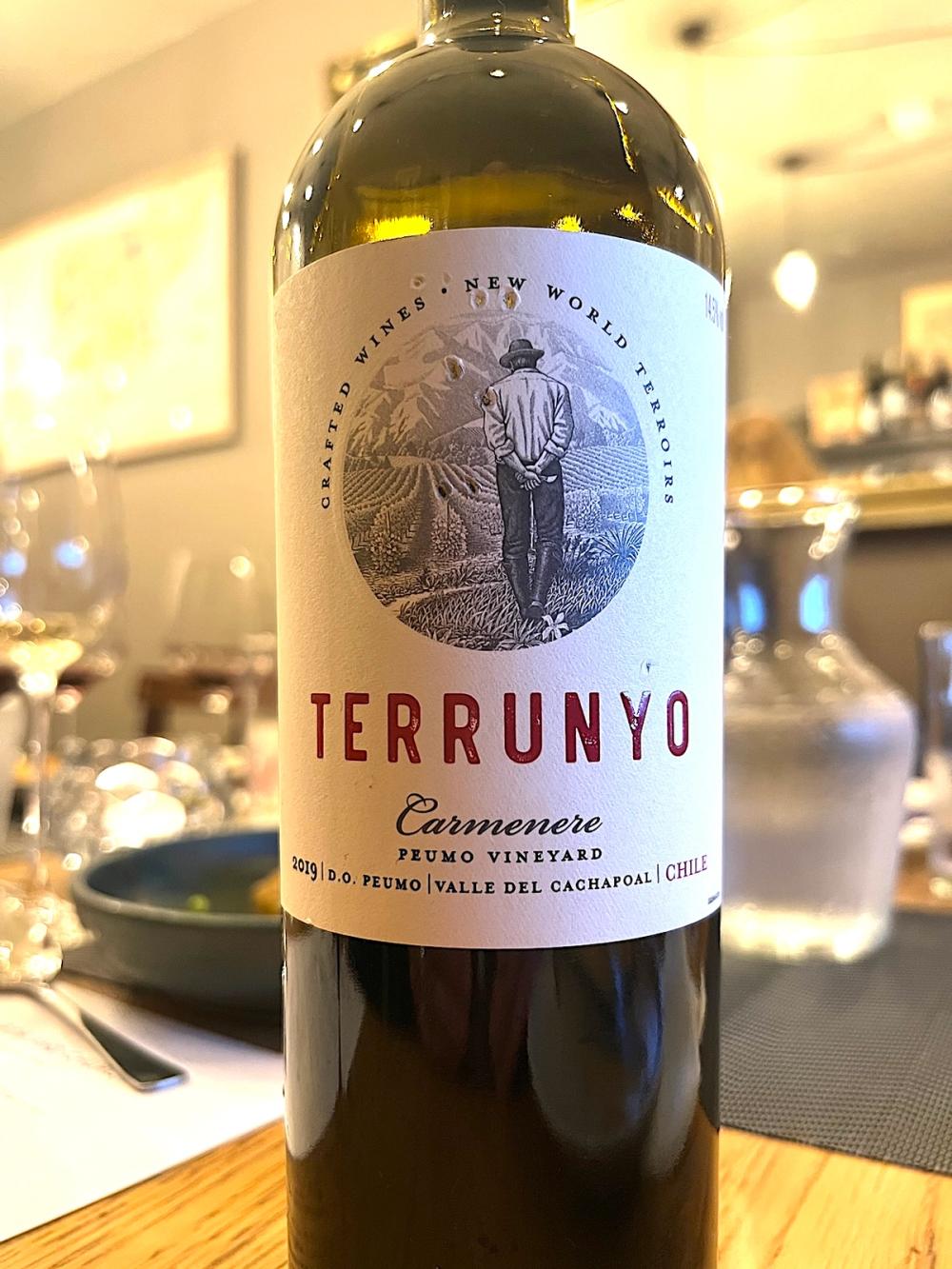
There are three wines in the Terrunyo range, hailing from the Peumo Vineyard that is located in the Cachapoal valley 130km south of Santiago. The area is characterised by warm springs and autumns which is perfect for the demands of the Carmenère grape that needs a 150 day growing season, in contrast to Chardonnay and Pinot Noir’s 100 days. Soil is alluvial with a high percentage of clay.
Marcelo Papa oversees 19 other winemakers in Chile, the winemaker in the Peumo DO being Marcio Ramírez. The fruit comes from 35 year-old vines; after malolactic fermentation in steel the wine is aged in French oak for nine months (58% new 42% 2nd/3rd fill).
The 2019 Terrunyo Carmenère was showing well with a lovely rustic character. Attractively spicy aromas of paprika and tapenade with blackcurrant leaf; in the mouth the wine is full-bodied, rounded with oodles of very ripe fruit, smooth tannins and a touch of milk chocolate.
Puente Alto and Don Melchor
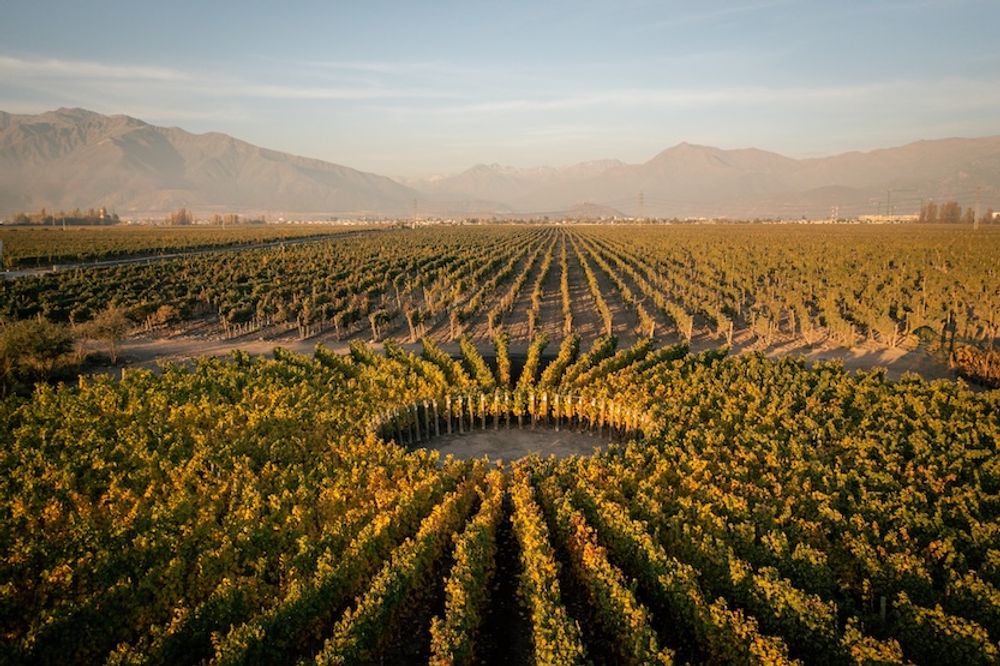
The Don Melchor Sundial Vineyard project which is informing the wine team on the real effects of orientation and vine density as the weather gets warmer
Viña Don Melchor is a subsidiary of Concho y Toro and run very much as a separate brand with Papa having no direct role in the wine’s production, Enrique Tirado being the technical director.
The 2021 Don Melchor which we enjoyed alongside the 2013 was named as Wine Spectator’s Wine of the Year although, since the wine’s first vintage in 1987, it has long been recognised as one of the New World’s leading expressions of Cabernet Sauvignon, fêted by the likes of the Robb Report, Wine Advocate and James Suckling.
The wine’s significance cannot be underestimated with its production constituting 27% of the total output of Puente Alto DO, the 700m high wine-producing region in the Maipo Valley set on the fringes of Santiago. The estate already has 120ha of 100% massal selected vines planted with the oldest dating back to the 1930s and 70s. The region has a healthy 300-400mm of rain a year but a key factor is the 20-22°C diurnal range in the growing season accounted for by the influence of the Andes.
Ten years after the Don’s first vintage Baron Philippe de Rothschild set up an alliance with Concha y Toro, planting 40ha of Bordeaux varietals in the Almaviva project.
One of the most interesting recent initiatives, however, has been the development of the Sundial Vineyard project which was unveiled last year, the 35th anniversary of the estate’s first harvest. With the appearance of a 'permanent crop circle' this is an innovative scientific project that aims to provide insights into how vine orientation and density affects the grape varieties and ultimately the wines.

The 2021 Don Melchor was noticeable by how well integrated the silky-smooth tannins were. The wine is lush, ripe but balanced with a cloaked acidity. Blackcurrant leaf, cassis and rich chocolatey notes. 2013 Don Melchor also had great balance and was similarly polished but the wine was a bit too generic for me if I’m being honest – I prefer my Cab with a leaner cut (this reminded me of a 2003 claret) – but there are many fans of this who are more than happy to fork out the £120+ that you need to part with to take part.
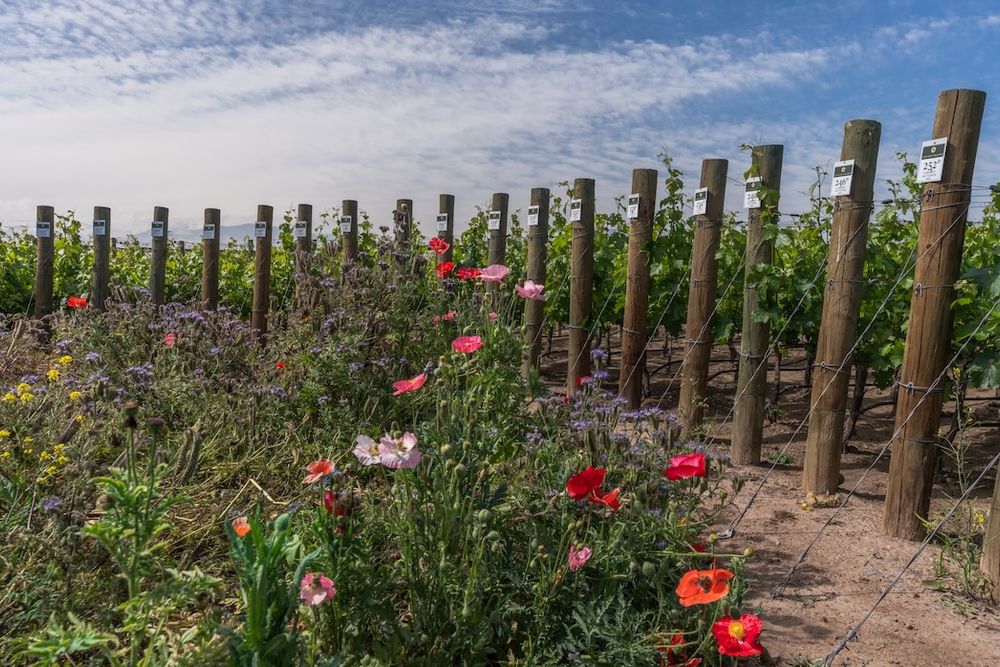
The centre of the Don Melchor Sundial Vineyard, each row is planted with different clones
In conclusion
It's the flipside of global domination as a wine brand, I guess, that your crown jewels may get tarred with the same brush as the mass market wines, or not taken as seriously as wines from smaller estates, but Papa and Concha y Toro do a splendid job of dispelling any preconceptions – from intimate events like this, where the wines were showing really well, to the way they present themselves to the outside world.
On their home page, for example, it’s hard to spot any wine that isn’t in the upper end of things! – the wines are split into five camps with the top three being Luxury Brands, Super Brands and Premium, dig deeper and Amelia is referred to as Ultra-Premium – just how much fine wine are they producing?!
Many thanks Marcelo for your shared wisdom, Paul and the team at Fourth and Church and Ben Smith for being MC - a great evening.

Not the menu - this is actually what we ate at Hove's brilliant Fourth and Church for dinner


